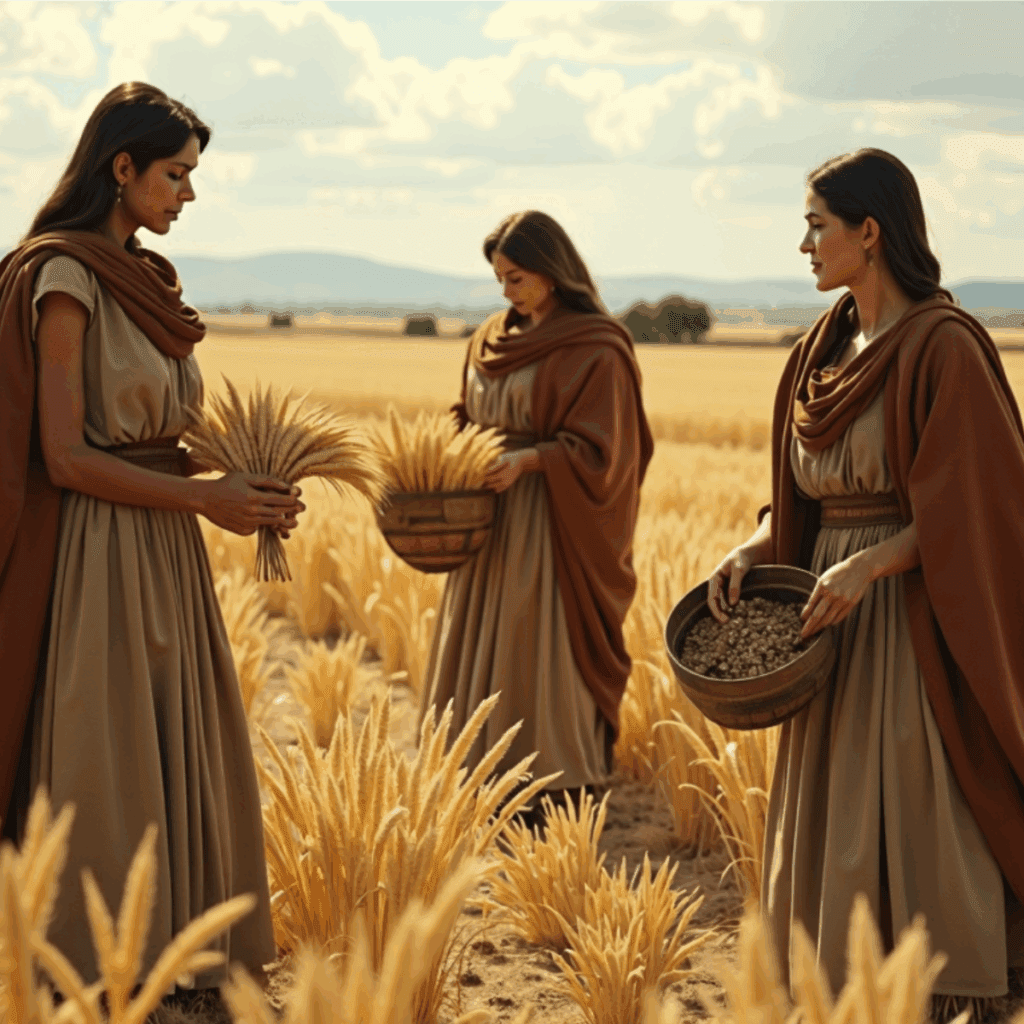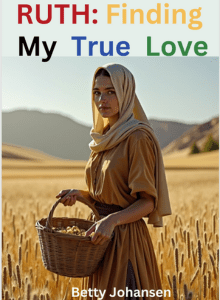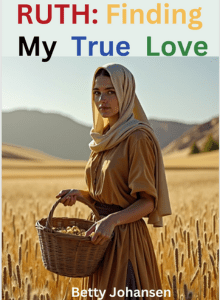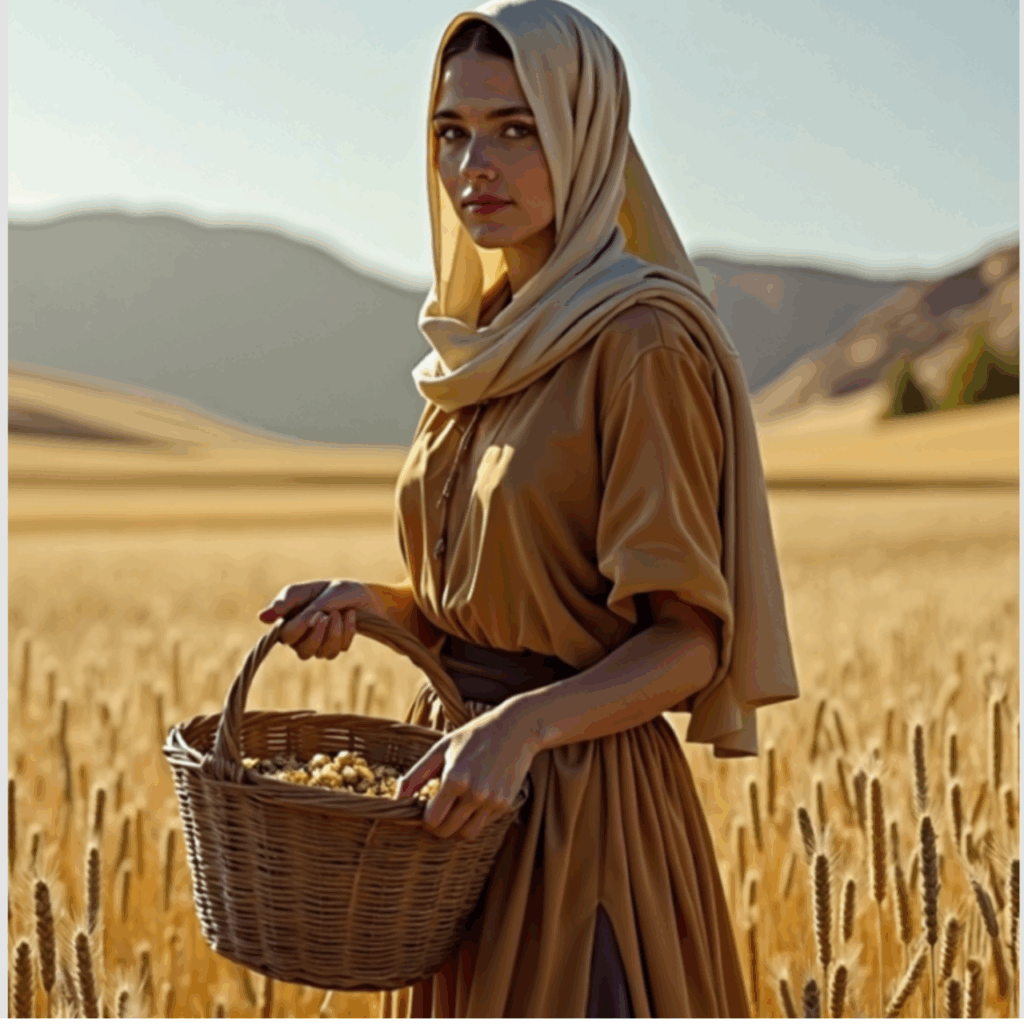Most of us know Ruth as a beautiful love story—the faithful daughter-in-law who follows Naomi to Bethlehem and eventually finds romance with Boaz. It’s the Bible’s favorite Hallmark movie, complete with meet-cute in the barley fields and a happily-ever-after ending. But this four-chapter gem offers something far more revolutionary than romance: it’s a subversive economic manifesto tucked between the violence of Judges and the monarchy of Samuel.
An Economy of Scarcity
The story opens with catastrophe: famine drives Naomi’s family from Bethlehem (ironically, Bethlehem means “house of bread”) into Moab, where death claims her husband and sons. When Naomi returns with Ruth, they embody the most vulnerable economic demographic imaginable: widowed, childless women—one elderly, one foreign—with no male providers in a patriarchal society.
The text doesn’t soften their desperate situation. Naomi returns “empty” (1:21). Ruth must scavenge leftover grain to survive. They exist at the margins of society, dependent on others’ compliance with social safety nets designed for the destitute.
Gleaning: Ancient Food Security

What modern readers often miss is how Ruth’s gleaning represents an entire economic system hidden in plain sight. The Levitical law commanded landowners to leave field corners unharvested and not gather dropped produce specifically so the poor, widowed, and foreign could gather food (Leviticus 19:9-10). This wasn’t charity—it was codified economic redistribution that preserved dignity through work while ensuring survival for society’s most vulnerable.
Ruth’s story demonstrates this system in action. Importantly, it’s not depicted as exceptional generosity when Boaz permits Ruth to glean—it was her legal right. His additional kindnesses (protecting her from harassment, inviting her to meals, instructing workers to intentionally drop extra grain) go beyond the minimum requirements but build upon the foundation of gleaning rights.
Redeeming Land and Lives
The text’s economic radicalism extends further through the “kinsman-redeemer” concept. Land in ancient Israel wasn’t meant to accumulate in fewer and fewer hands over generations. When poverty forced land sales, families retained “redemption rights,” and relatives had obligation to buy back (“redeem”) family property when possible, preserving economic distribution across the community.
Boaz’s redemption of Naomi’s land represents economic justice, not just romantic pursuit. He’s actively participating in wealth redistribution mandated by Torah. The marriage to Ruth—while genuinely affectionate—also serves economic renewal, ensuring descendants will inherit the redeemed property.
The Outsider’s Inheritance
Perhaps most subversive is Ruth’s identity as a Moabite—traditional enemy of Israel—becoming ancestress to King David and, by extension, Jesus. The text implicitly argues that economic justice must extend beyond tribal boundaries. Ruth’s famous declaration, “Your people shall be my people” (1:16), isn’t just religious conversion but entrance into an economic covenant community with obligations toward its vulnerable members.
Our Modern Gleanings
The book of Ruth challenges us to examine our own economic structures. Do our systems include provision for society’s vulnerable? Are there modern equivalents to gleaning rights—ways the economically secure ensure the dignity and survival of others without creating permanent dependency?
Perhaps Ruth’s most powerful message isn’t its romance but its vision of community where economic justice operates alongside personal compassion. The love story we celebrate emerges from a society that attempted to embed care for vulnerable members within its economic structures.
In a world obsessed with accumulation and protection of wealth, Ruth quietly suggests an alternative: an economy where fields have corners left unharvested, where community obligation prevents permanent impoverishment, and where the outsider might find not just welcome but belonging.
That’s a story far more radical—and needed—than romance alone.
***
If you would like to “visit” Bethlehem in Ruth’s barley-gleaning days, please check out my new book, Ruth: Finding My True Love. You will have an opportunity to walk in Ruth’s shoes, as she works to support herself and Naomi and to understand the new culture she has joined.
The book is available in two versions – a brief, illustrated ebook of 16 pages and an audiobook approximately 30 minutes long. Click the links below if you would like to know more:


Here are links to my blog indexes, which will make it quick and easy for you to find another post to read.
∙ Blogs with a Spiritual Theme
∙ Blogs about Books I Like: Fiction
∙ Blogs about Books I Like: Nonfiction
∙ Blogs for Holidays and Other Special Days
∙ Miscellaneous Blogs
